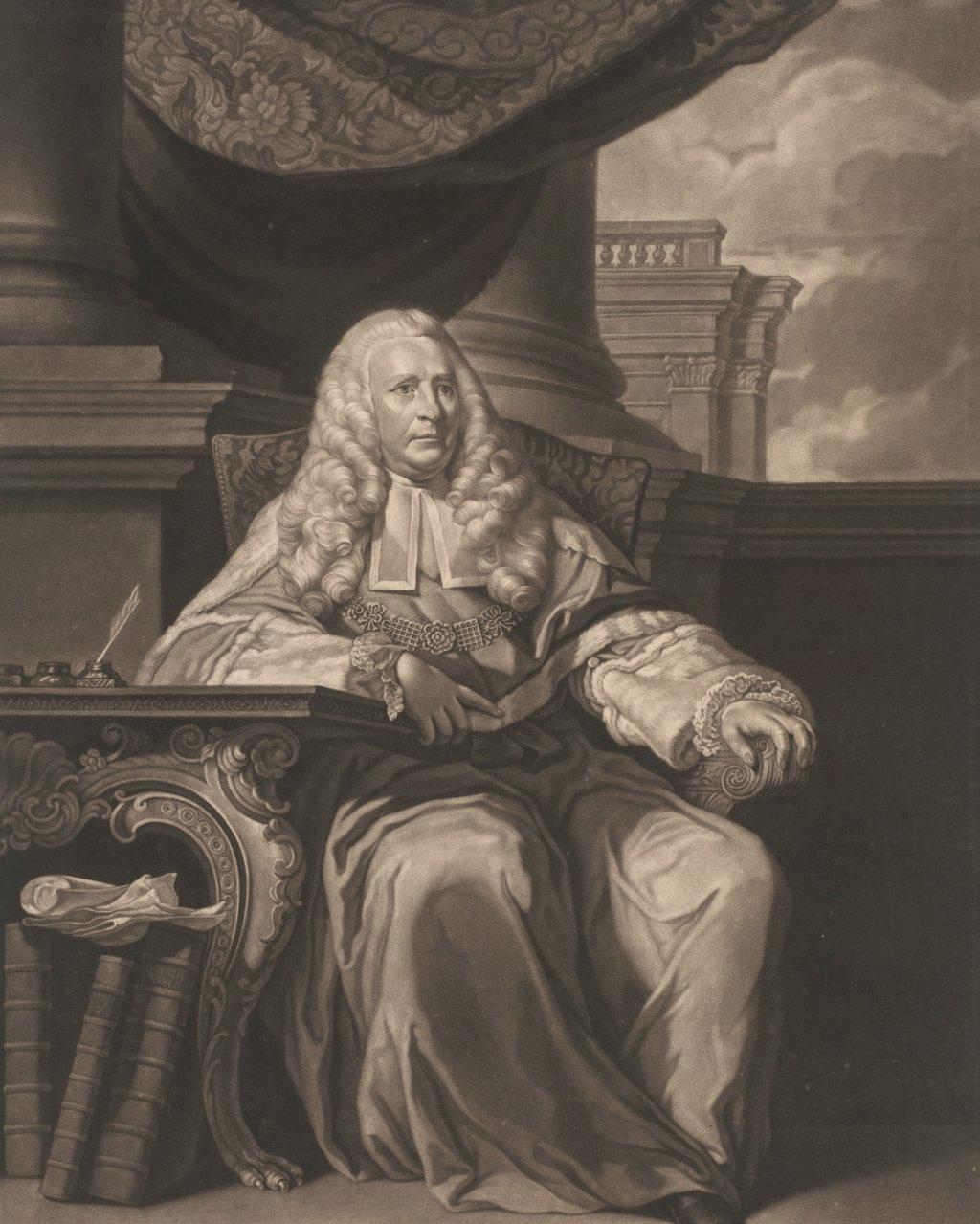
What links a London borough, a grand house in Kent, over 20 towns, cities and counties in the United States, two Caribbean slavery plantations and a street in a small town in the Scottish highlands? The answer is a constitutional lawyer and a leading proponent of civil liberties who became a darling of American colonists and possibly of Caribbean slavery plantation owners.
That man is Charles Pratt, 1st earl Camden, lord chancellor of Great Britain. In July 1765, Charles Pratt was created baron Camden of Camden Place in Chislehurst, Kent. Thereby, most unusually, he took as his title the surname of another person – William Camden (15511623), antiquarian, grammarian, headmaster, author of Britannia (1586) and of a history of the reign of Queen Elizabeth I of England. In 1607 he had a house built at Chislehurst, which was subsequently rebuilt and came to be known as Camden Place (from 1871 to 1873, the house became the residence of exiled Emperor Napoleon III, Empress Eugénie and the Prince Imperial and has since long housed the Chislehurst Golf Club).






